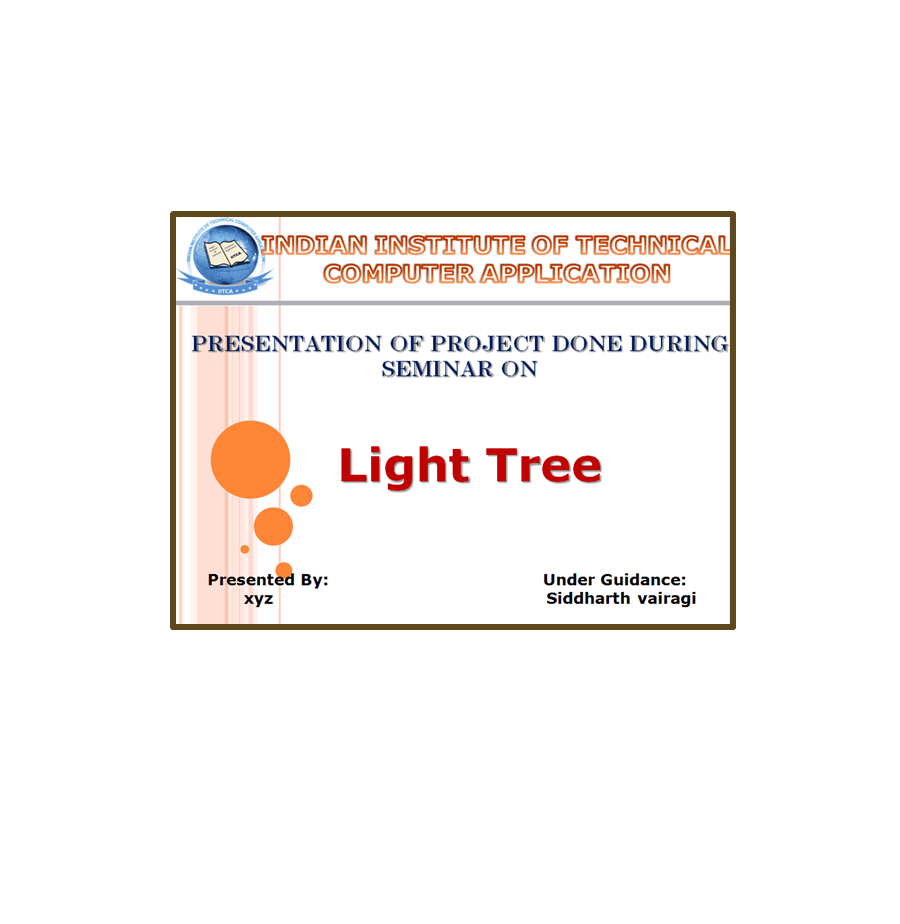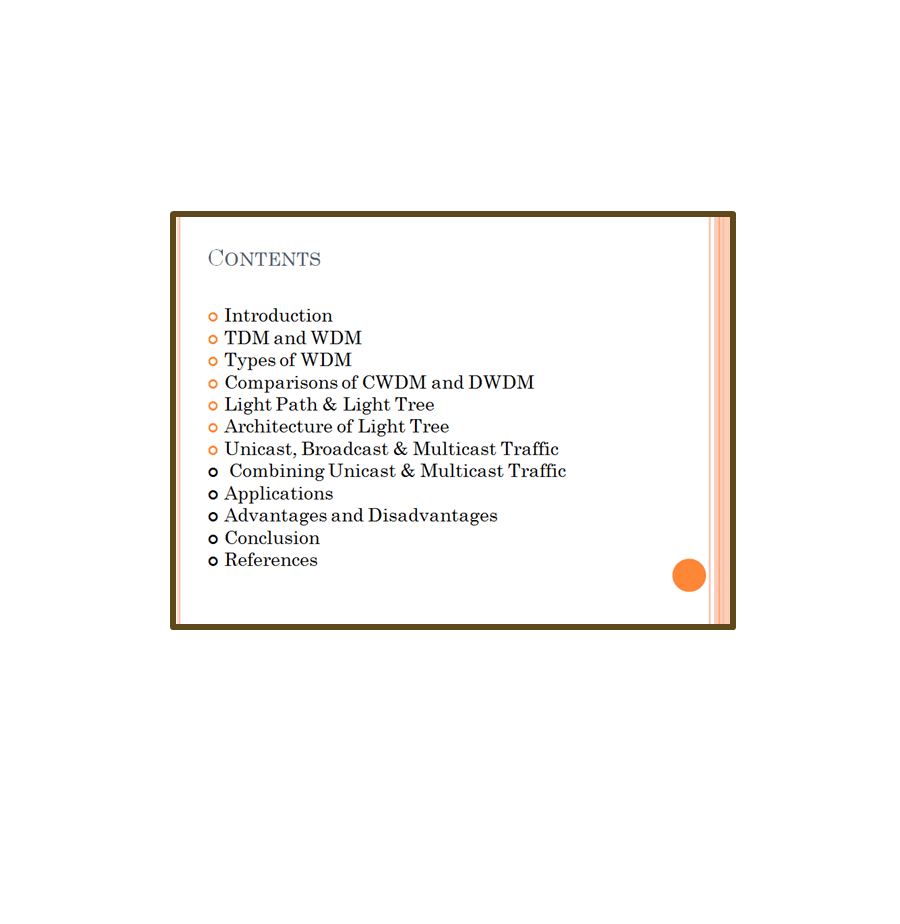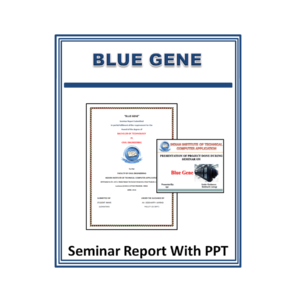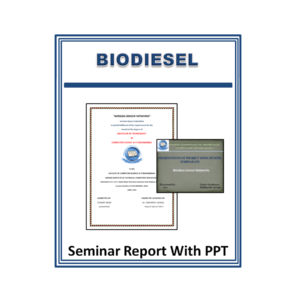Description
INTRODUCTION
Today, there is a general consensus that, in the near future, wide area networks (WAN)(such as, a nationwide backbone network) will be based on Wavelength Division Multiplexed (WDM) optical networks. One of the main advantages of a WDM WAN over other optical technologies, such as, Time Division Multiplexed (TDM) optical networks, is that it allows us to exploit the enormous bandwidth of an optical fiber (up to 50 terabits bits per second) with requiring electronic devices, which operate at extremely high speeds.
Light Tree Seminar Report
Page Length : 25
Content :
- Introduction
- Light Path
- Light Trees
- Architecture Of Wave-Length Routed Optical Network
- Multicast Switch Architectures
- An MWRS Based On A Splitter Bank
- MWRS Based On “Drop And Continue” Switch
- The Optical Layer
- Uncast, Broadcast And Multicast Traffic
- Problem Formulations
- Comparing Light Tree With Light Paths
- Conclusion
- References
Light Tree Presentation Report (PPT)
Page Length : 22
Content :
- Introduction
- TDM and WDM
- Types of WDM
- Comparisons of CWDM and DWDM
- Light Path & Light Tree
- Architecture of Light Tree
- Unicast, Broadcast & Multicast Traffic
- Combining Unicast & Multicast Traffic
- Applications
- Advantages and Disadvantages
- Conclusion
- References










Reviews
There are no reviews yet